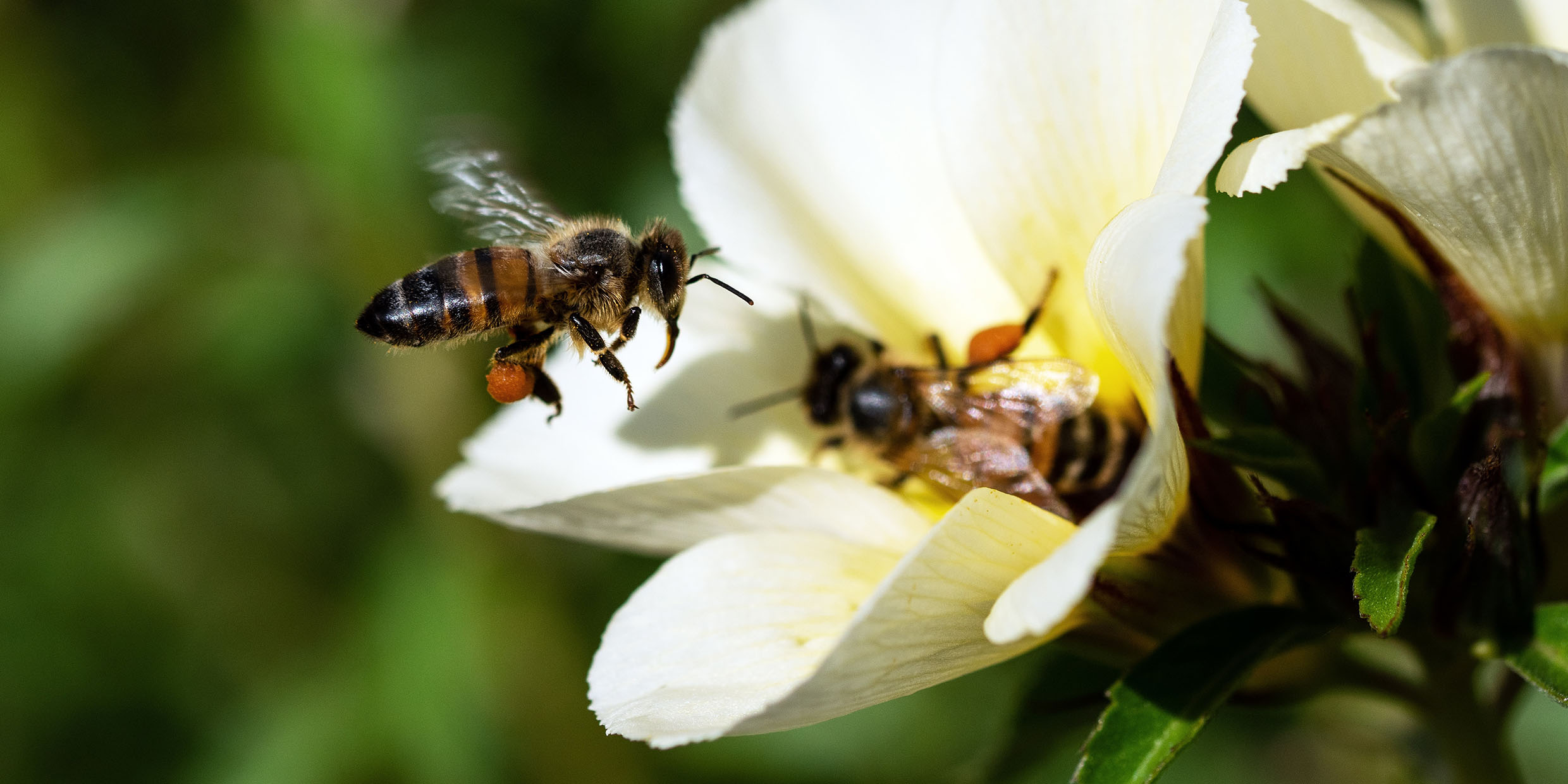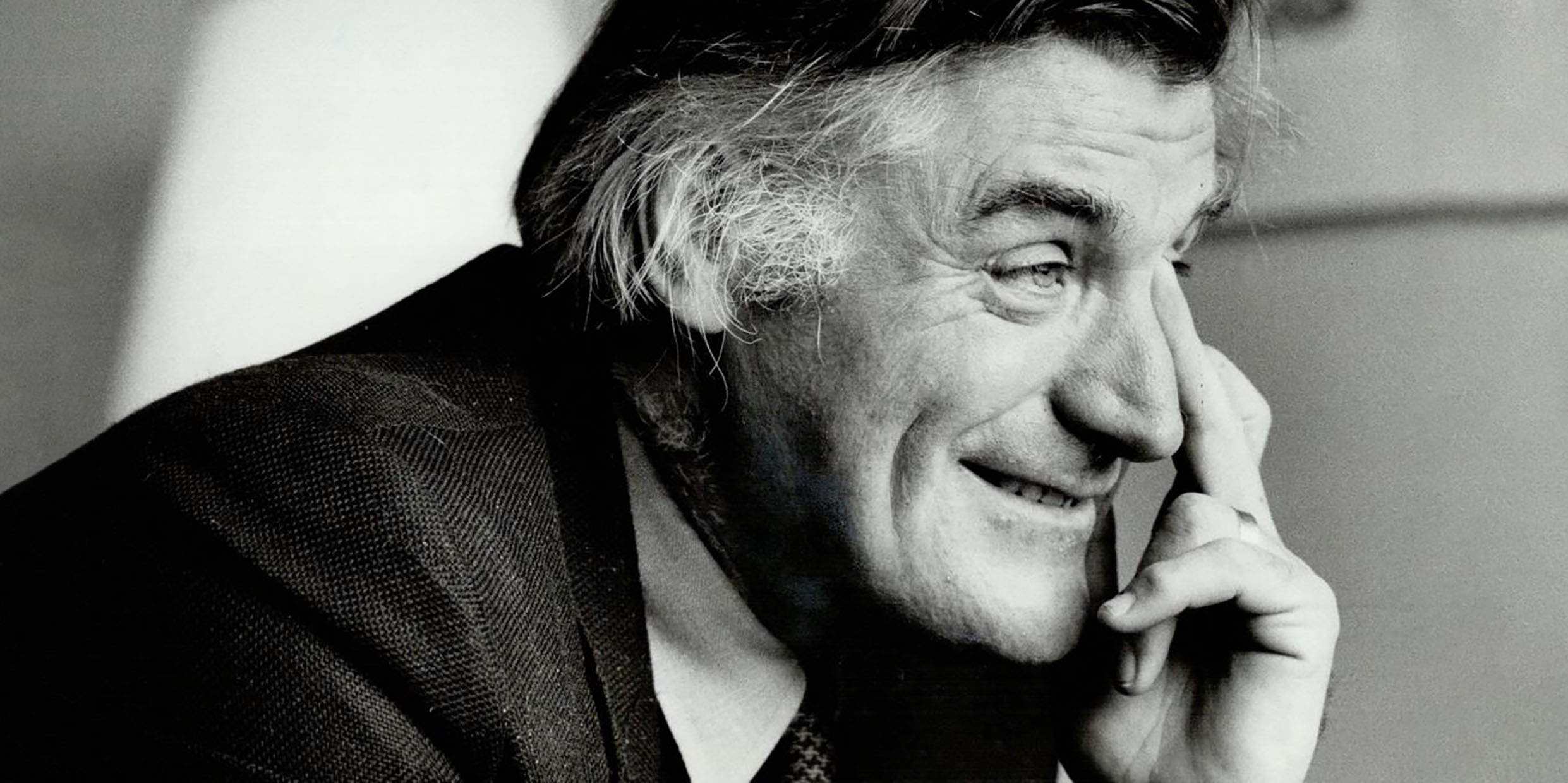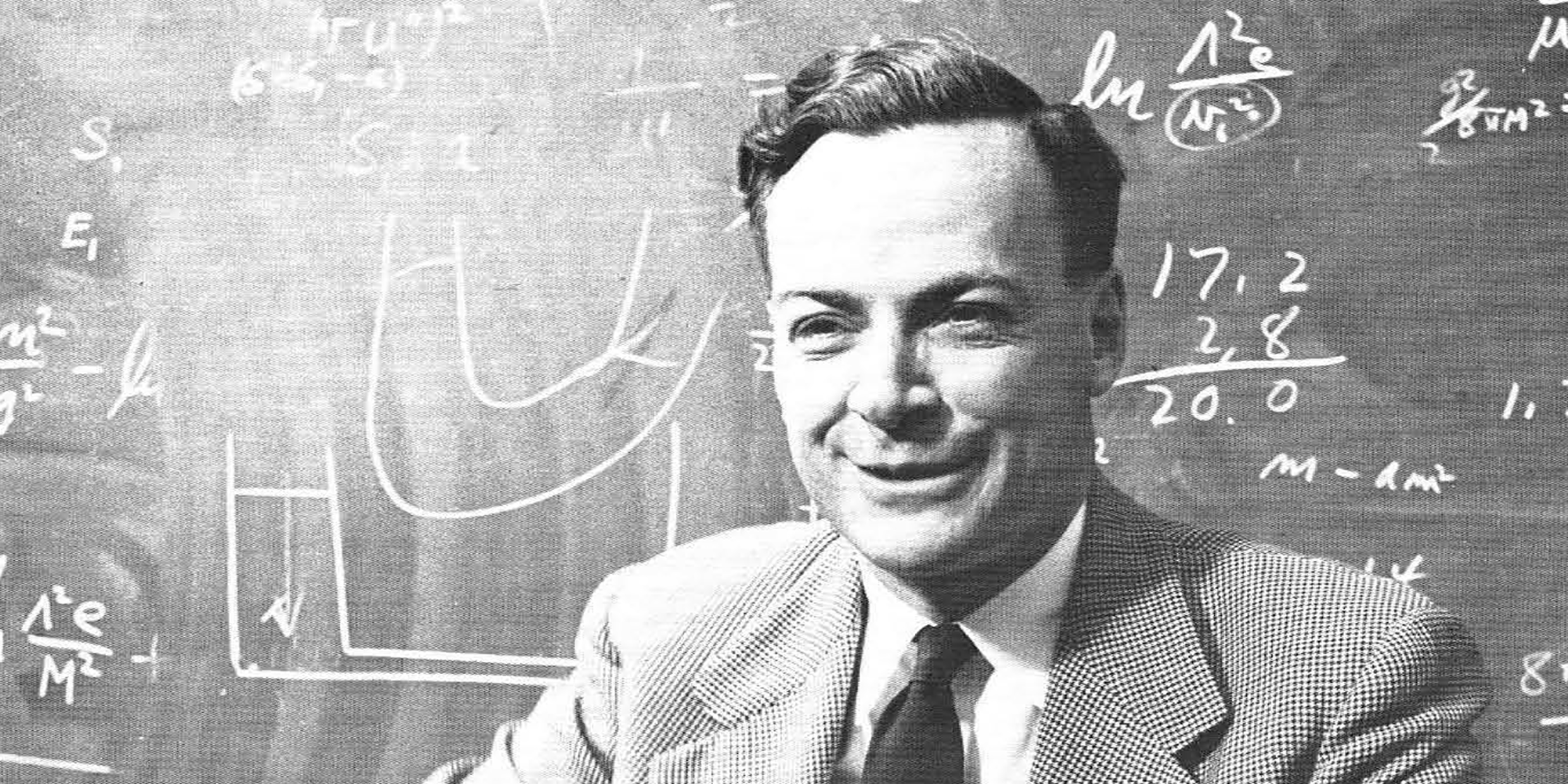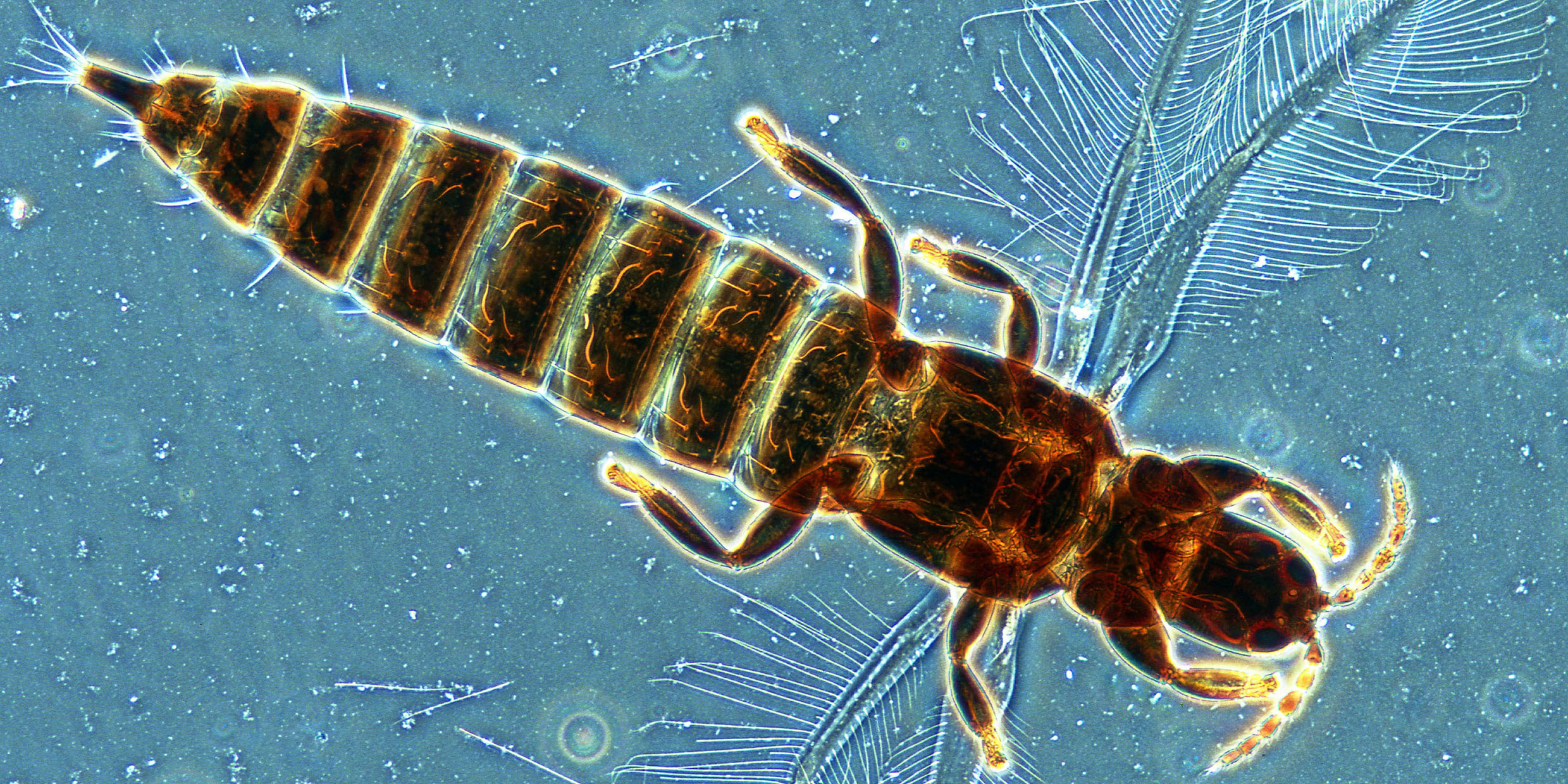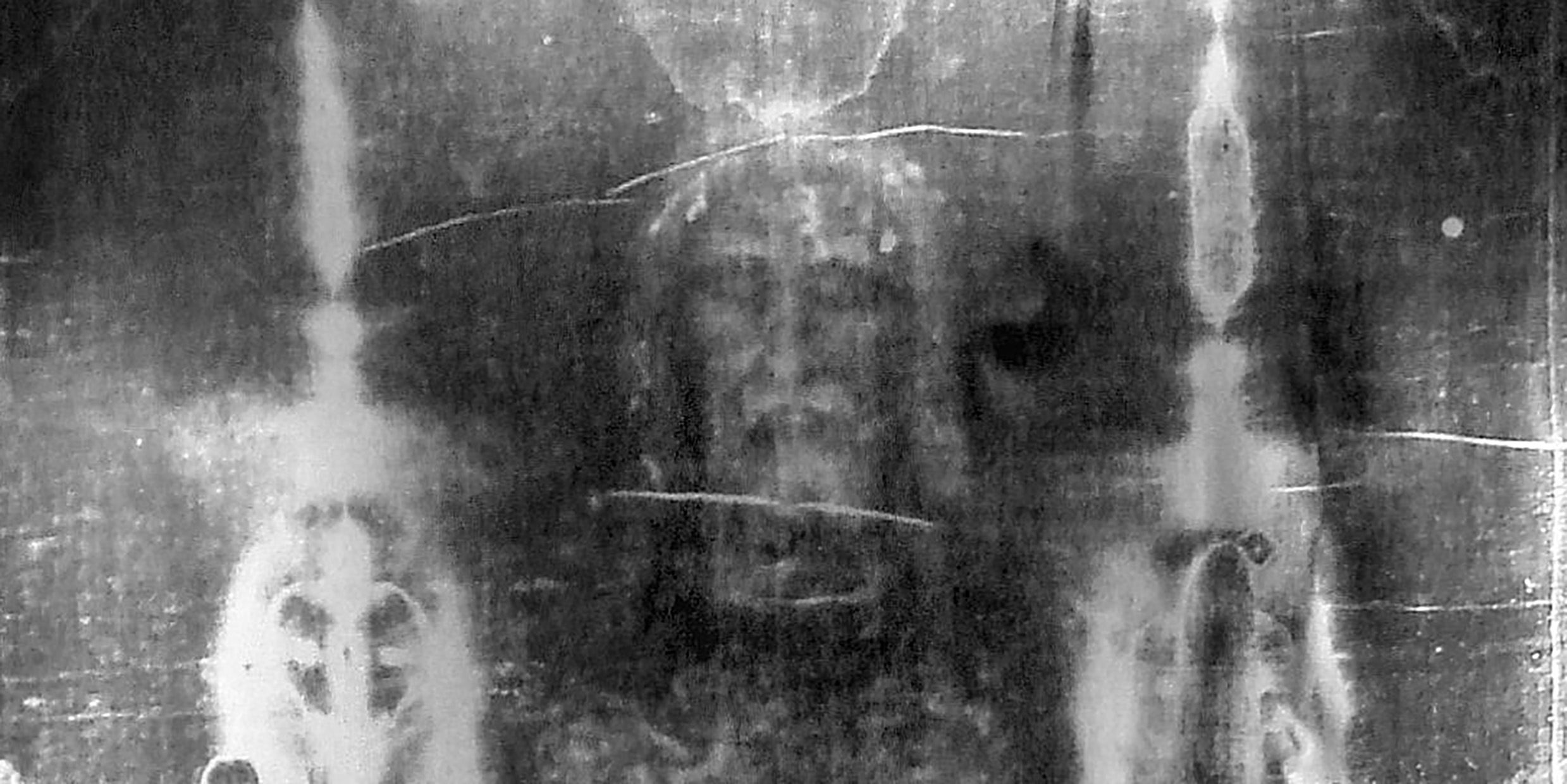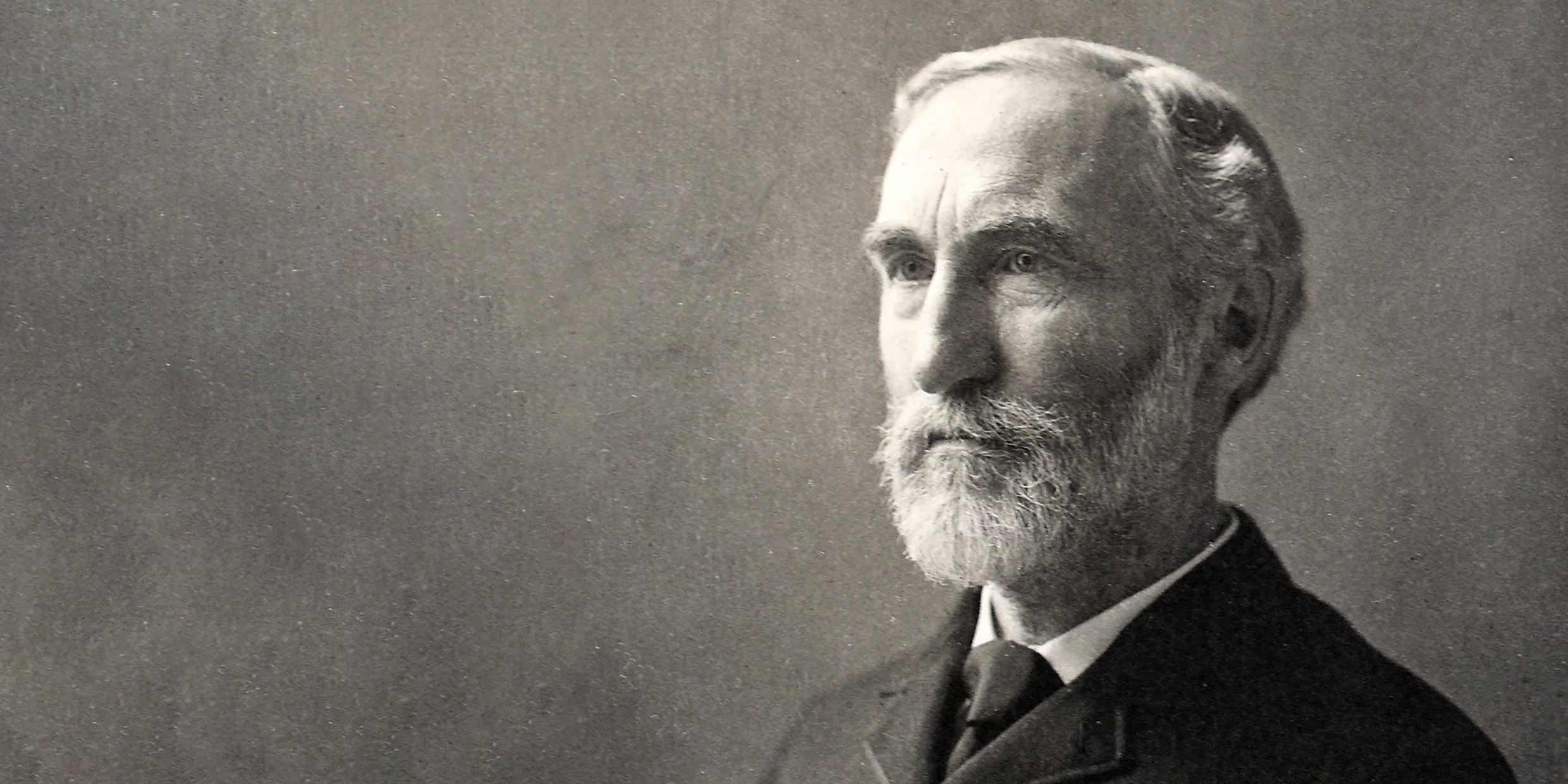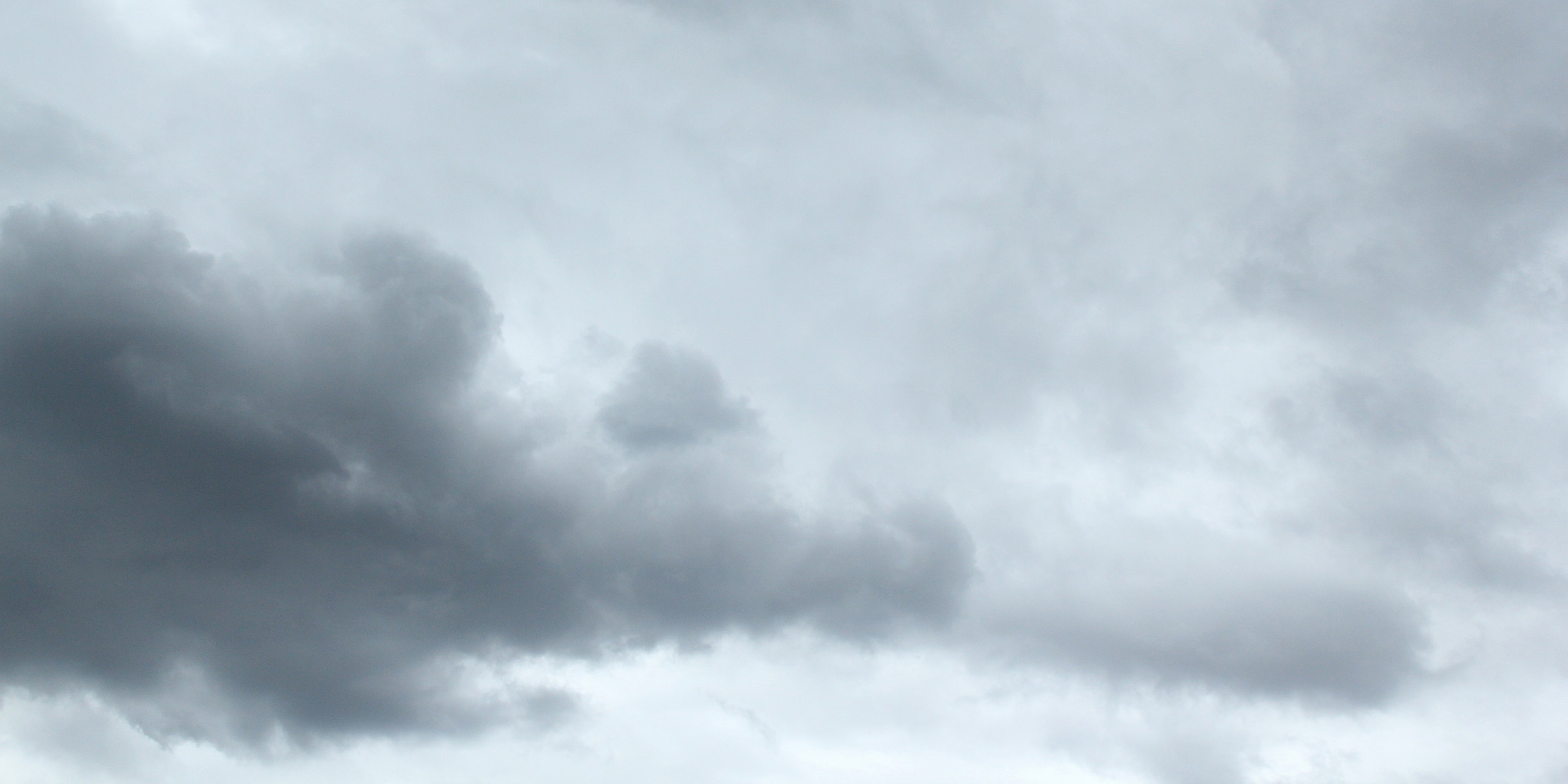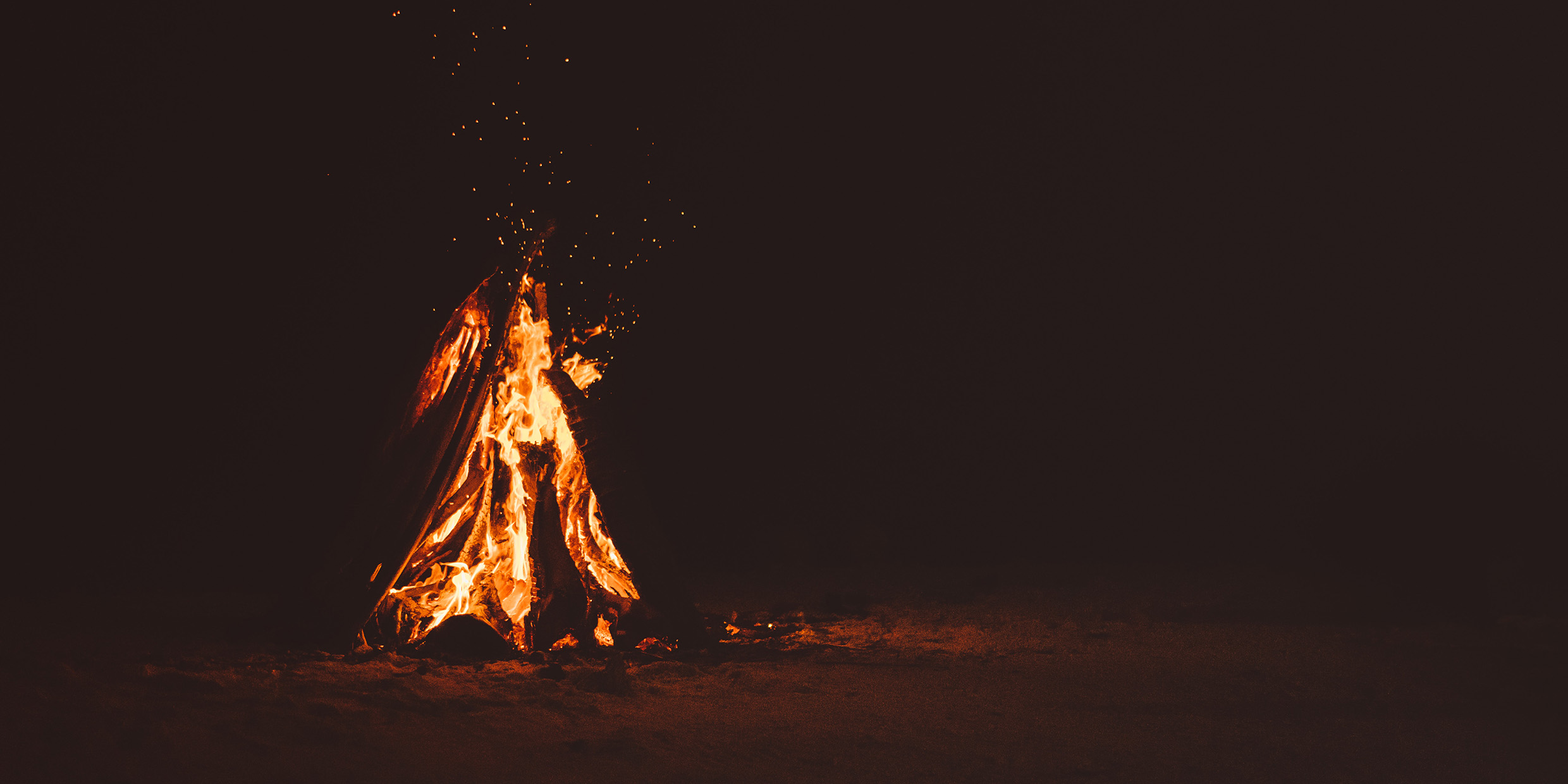All over New England spades are turning earth. It’s that time of year to ask the perennial question: Is gardening a science or an art?
Articles with 1989
Is anything forever?
In this day when everything seems to break down the day after the warranty expires, it would be nice to know that something lasts forever. Unfortunately, science seems determined to remove the last vestiges of permanence from the universe.
Ah, those Victorians
In the days before television replaced nature in the lives of children, parents told their offspring about the birds and the bees. Or so it is said.
Science and metaphor
Reaching for a book on a high shelf. Down falls “Season Songs” by poet Ted Hughes, attracting attention to itself by delivering a lump on the head. I sit on the floor and read again these nature poems written 20 years ago by Britain’s poet-laureate.
Feynman’s magic
The February [1989] issue of Physics Today has been lying around unread for weeks. It is a special commemorative issue on Richard Feynman, the Nobel prize-winning theoretical physicist who died in 1988 at age 70. I was in no hurry to read it. I saved it until I had the time and inclination for a real bout of nostalgia.
A thripsish tale
According to the news, Vermont maple syrup producers are running scared of the pear “thrip.” This little insect defoliates maple trees, which is not good for the sap.
Science and miracles
By now everyone has heard the result of the carbon-14 dating tests on the Shroud of Turin, the linen cloth preserved in the cathedral at Turin, Italy, bearing the likeness of a man and purported to be the winding sheet of Christ.
Meet Mr. Gibbs
Previously, in a column on the scientific reputation of Benjamin Franklin, I mentioned Willard Gibbs, calling him the greatest scientist America produced until our own century. Several readers asked, “Who’s this guy Gibbs you think so much of?” An informal survey confirmed Gibbs’ anonymity; no one I questioned could place the man or his achievements.
World without stars
This semester I am teaching a course in introductory astronomy. So far, of six nights scheduled for observation, five have been overcast. On the sixth we caught glimpses of Orion, the Pleiades, Jupiter, and Mars through breaks in the clouds. That’s about par for the course.
Fireside tales
From Swartkrans cave in the Transvaal region of South Africa comes news of the earliest known use of fire. In a [Dec. 1988] issue of Nature, archeologists C. K. Brain and A. Sillent, of the Transvaal Museum and University of Cape Town, report the discovery of charred bones more than 1 million years old.


